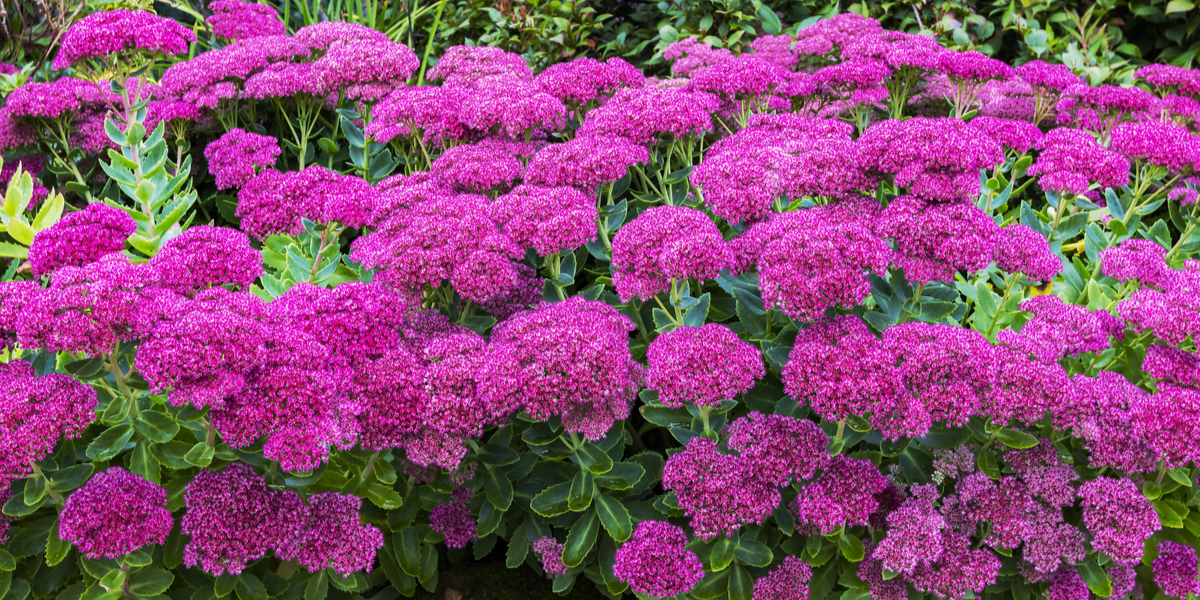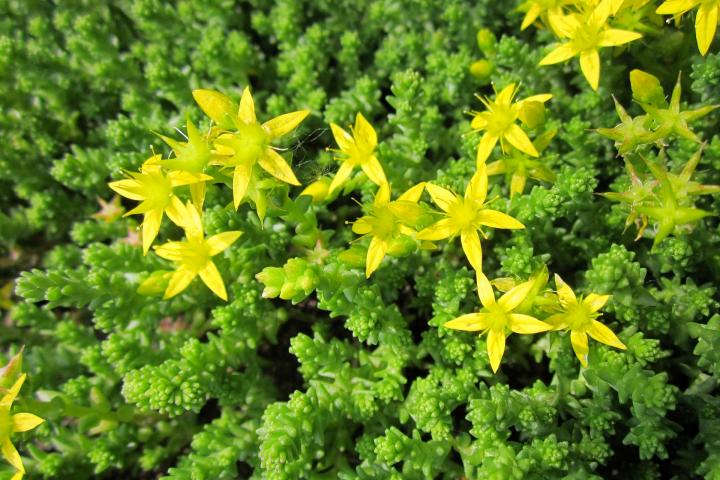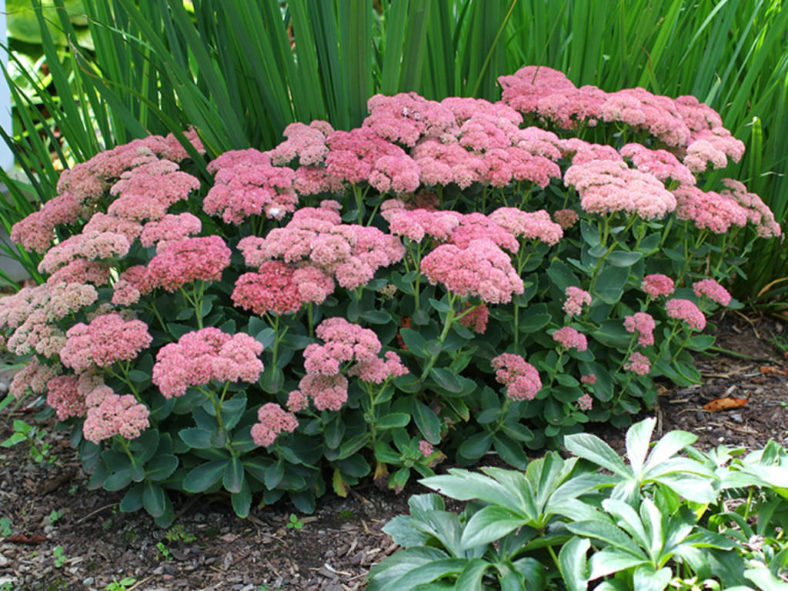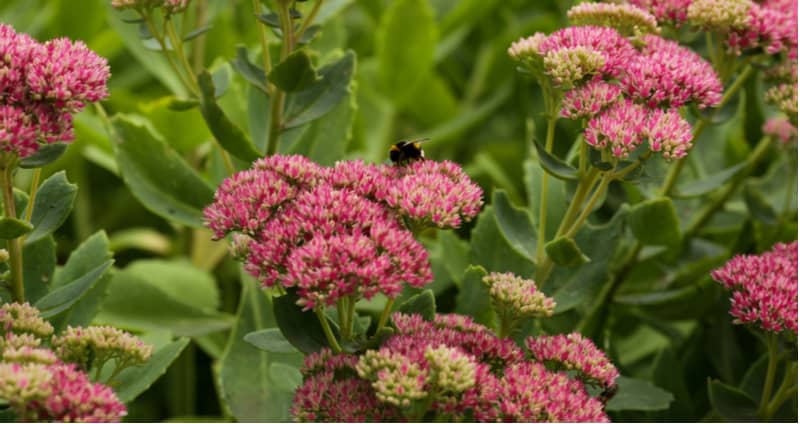Why Sedum Plants are a Great Choice for Beginners
Sedum plants are an excellent option for those new to gardening, offering a low-maintenance and hardy succulent solution. With their ability to thrive in a variety of conditions, sedum plants are perfect for beginners looking to dip their toes into the world of gardening. One of the most significant benefits of sedum plants is their drought tolerance, making them ideal for areas with limited water supply. Additionally, sedum plants are highly versatile and can be used in a range of landscaping designs, from containers and borders to ground cover and rock gardens. By learning how to plant sedum plants, beginners can create a beautiful and thriving garden with minimal effort.
Choosing the Right Sedum Variety for Your Garden
With over 400 species of sedum plants, selecting the right variety for your garden can be a daunting task. However, by understanding the different types of sedum plants, you can make an informed decision and create a thriving garden. Tall sedum, also known as upright sedum, can grow up to 3 feet tall and are perfect for adding height to your garden. Creeping sedum, on the other hand, is a low-growing, spreading variety that is ideal for ground cover or hanging baskets. Trailing sedum is another popular variety that is perfect for containers or hanging baskets, with its long, trailing stems and delicate foliage. When selecting a sedum variety, consider your specific climate and garden design. For example, if you live in a hot, dry climate, look for sedum varieties that are drought-tolerant and can thrive in full sun. If you’re looking to add a pop of color to your garden, consider sedum varieties with vibrant, yellow or pink flowers. By choosing the right sedum variety, you can ensure a beautiful and thriving garden that requires minimal maintenance.
Preparing the Soil for Sedum Planting
Before learning how to plant sedum plants, it’s essential to prepare the soil to ensure optimal growth and health. Sedum plants require well-draining soil to thrive, as they are susceptible to root rot if the soil is too moist. To prepare the soil, start by removing any weeds or debris that may be present. Next, add organic matter such as compost or well-rotted manure to improve the soil’s structure and fertility. If your soil is heavy clay or sandy, mix in some perlite or vermiculite to improve drainage. Additionally, check the pH level of your soil and adjust it if necessary. Sedum plants prefer a slightly acidic to neutral soil pH, ranging from 6.0 to 7.0. By taking the time to prepare the soil, you’ll be rewarded with healthy, thriving sedum plants that require minimal maintenance.
How to Plant Sedum: A Step-by-Step Guide
Now that you’ve prepared the soil and chosen the right sedum variety for your garden, it’s time to learn how to plant sedum plants. Follow these simple steps to ensure a successful planting experience. First, choose a location with full sun to partial shade, depending on the sedum variety you’ve selected. Next, dig a hole that is twice as wide and just as deep as the sedum plant’s root ball. Gently remove the sedum plant from its container and place it in the hole, making sure the soil level is the same as it was in the container. Fill in the hole with the prepared soil, gently firming it around the roots as you go. Water the soil well to settle it around the roots. Space sedum plants 6-12 inches apart, depending on the variety and how quickly you want them to spread. Finally, fertilize your sedum plants with a balanced, water-soluble fertilizer to promote healthy growth. By following these steps, you’ll be well on your way to growing thriving sedum plants that will bring beauty and interest to your garden.
Tips for Watering and Caring for Your Sedum Plants
Once you’ve learned how to plant sedum plants, it’s essential to know how to care for them to ensure they thrive. Sedum plants are drought-tolerant, but they still require regular watering, especially during the first few months after planting. Water your sedum plants when the soil feels dry to the touch, usually every 7-10 days during the spring and summer months. Reduce watering during the fall and winter when the plants are dormant. Fertilize your sedum plants during the growing season with a balanced, water-soluble fertilizer to promote healthy growth and flowering. Prune your sedum plants in the spring to maintain shape and encourage new growth. Remove any dead or damaged leaves or stems, and cut back tall sedum varieties to encourage branching. By following these simple care tips, you’ll be able to enjoy your sedum plants for years to come.
Common Mistakes to Avoid When Planting Sedum
While sedum plants are relatively easy to care for, there are some common mistakes to avoid when planting sedum to ensure their success. One of the most common mistakes is overwatering, which can lead to root rot and other problems. Make sure to water your sedum plants sparingly, especially during the winter months when they are dormant. Another mistake is underwatering, which can cause the plants to become stressed and vulnerable to pests and diseases. Be sure to water your sedum plants regularly, but avoid getting waterlogged soil. Inadequate sunlight is also a common mistake, as sedum plants require at least 6 hours of direct sunlight per day to thrive. If you’re planting sedum in a shady area, choose a variety that is tolerant of shade, such as creeping sedum. Finally, failing to provide good air circulation can lead to fungal diseases and other problems. Make sure to space your sedum plants far enough apart to allow for good air circulation and prevent moisture from becoming trapped. By avoiding these common mistakes, you can ensure that your sedum plants will thrive and provide beauty and interest to your garden for years to come.
Creating a Beautiful Sedum Garden Design
When it comes to creating a beautiful sedum garden design, the possibilities are endless. Sedum plants are incredibly versatile and can be used in a variety of ways to add texture, color, and interest to your garden. One popular way to use sedum is in containers, where they can thrive in small spaces and add a touch of elegance to patios, decks, and balconies. For a stunning display, combine sedum with other drought-tolerant plants, such as succulents and cacti, and add a decorative pot or planter. Sedum can also be used as a ground cover, where it can spread quickly and form a dense mat of foliage. This is a great option for areas with poor soil or where you want to suppress weeds. For a more dramatic effect, use sedum as a border plant, where it can add height and texture to your garden beds. When designing your sedum garden, be sure to consider the mature size of the plants, as well as their growing conditions and requirements. With a little creativity and planning, you can create a beautiful and thriving sedum garden that will provide years of enjoyment. Whether you’re a seasoned gardener or just learning how to plant sedum plants, with these tips and ideas, you’ll be well on your way to creating a stunning sedum garden design.
Maintenance and Propagation: Keeping Your Sedum Plants Thriving
To keep your sedum plants thriving, regular maintenance and propagation are essential. One of the most important tasks is dividing and transplanting your sedum plants. This should be done every 3-4 years, as sedum plants can become overcrowded and lose their vigor. To divide your sedum plants, simply dig up the entire clump, gently separate the roots, and replant the separated sections in well-draining soil. This is also a great opportunity to propagate new sedum plants, which can be done by cutting off healthy stems and leaves, allowing them to dry for a few days, and then planting them in well-draining soil. Another important aspect of sedum maintenance is controlling pests and diseases. Keep an eye out for common pests like aphids, mealybugs, and spider mites, and treat them promptly if you notice any infestations. Regularly inspect your plants for signs of disease like yellowing leaves, black spots, or powdery mildew, and treat them with fungicides if necessary. By following these simple maintenance and propagation techniques, you can keep your sedum plants healthy, thriving, and looking their best. Whether you’re a seasoned gardener or just learning how to plant sedum plants, with these tips, you’ll be well on your way to becoming a sedum expert.




:max_bytes(150000):strip_icc()/growing-sedum-showy-stonecrop-1402861-06-0a0fa1ee9bf2425fbcac092c274309b7.jpg)



